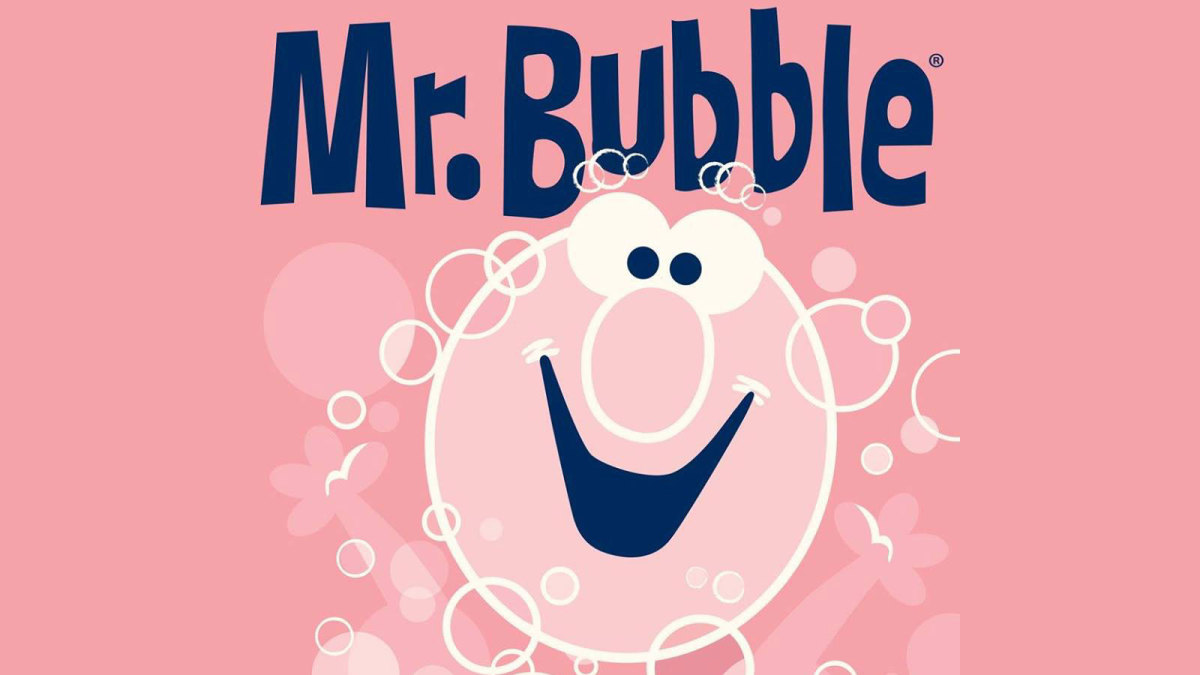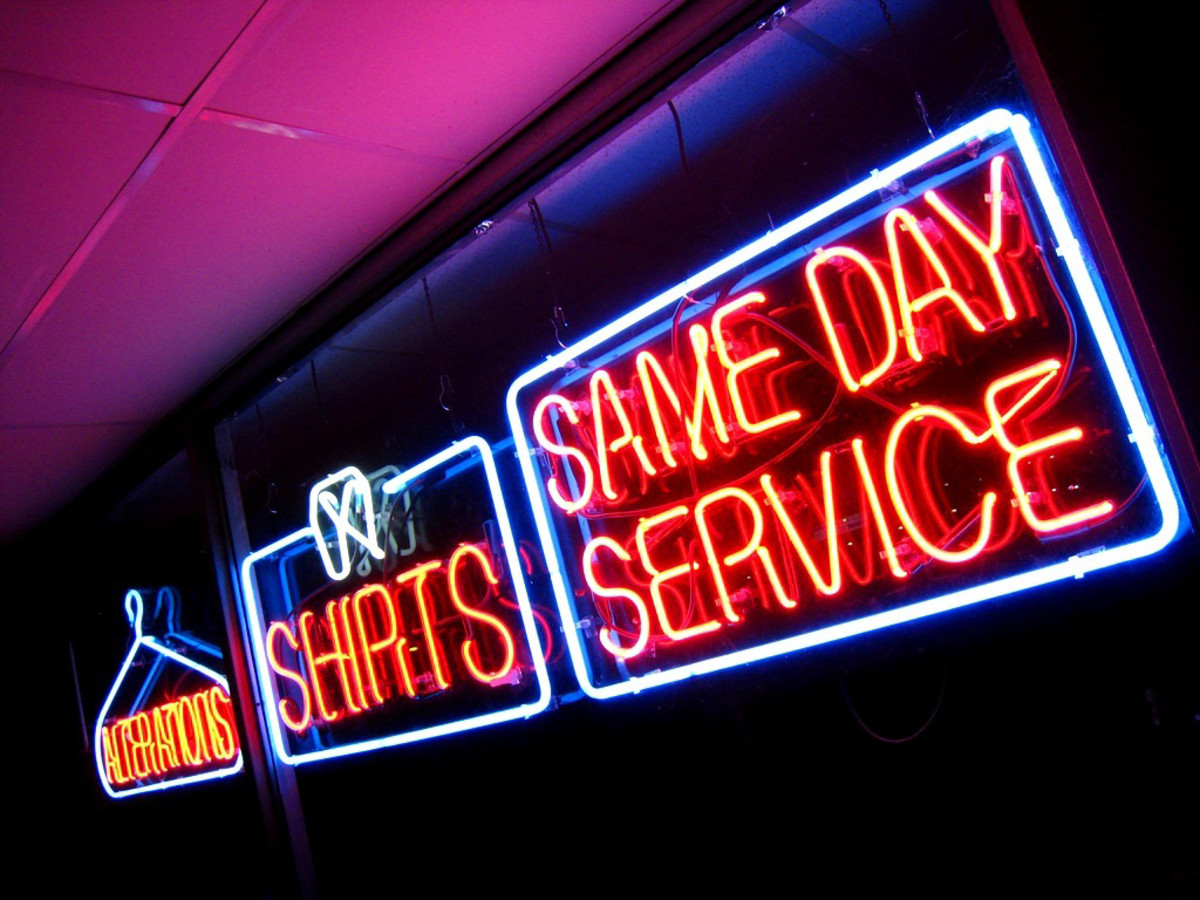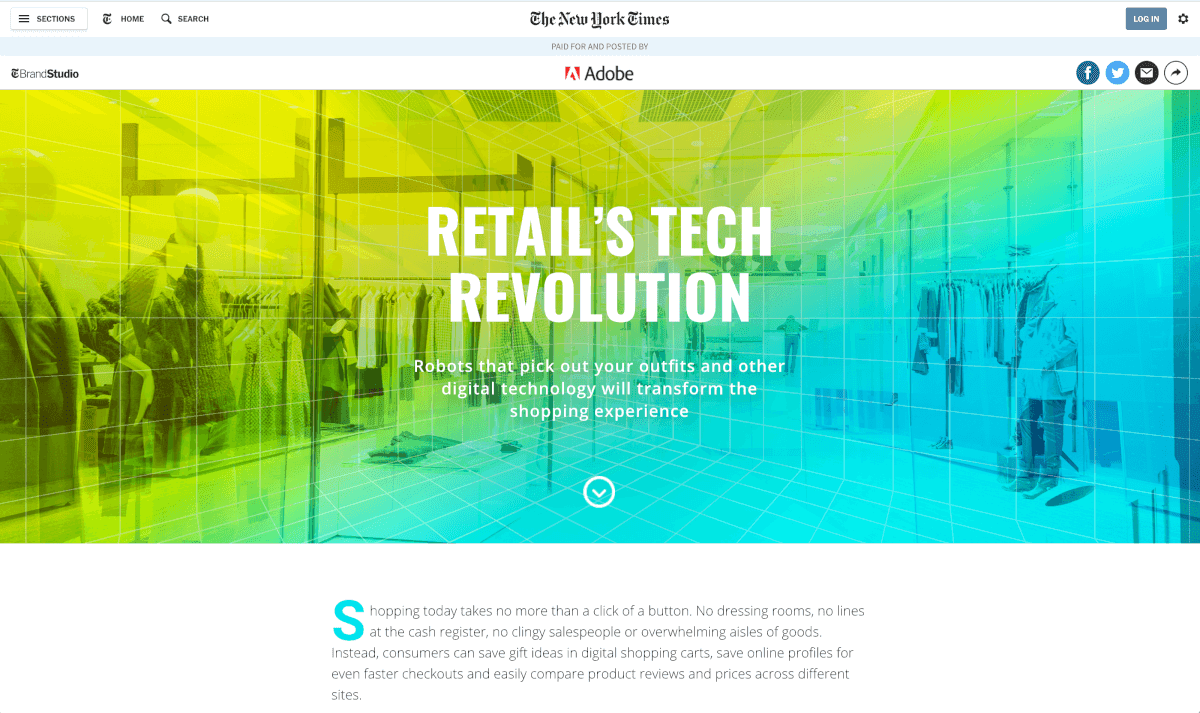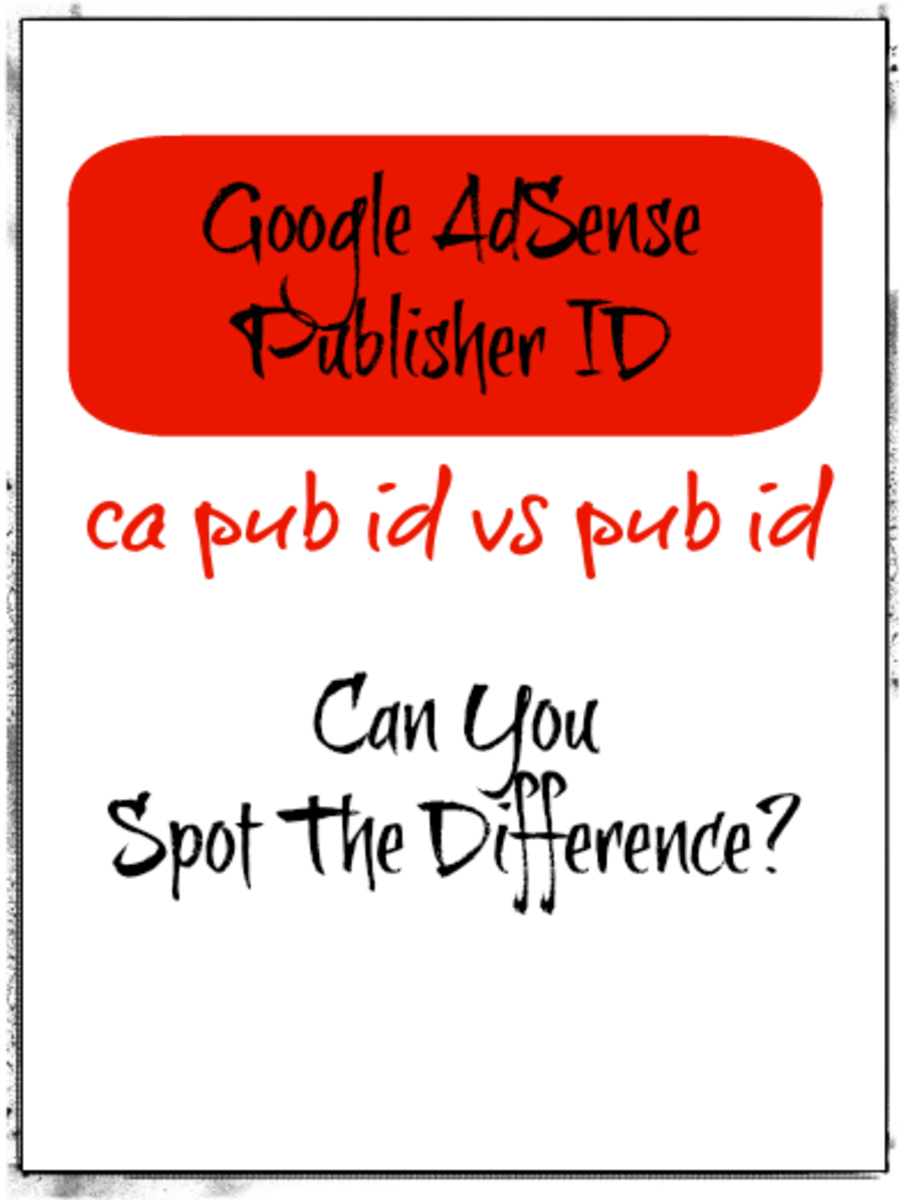Creating Engaging Internet Advertisements and Viral Videos

How to get consumer attention to your product or service? How to get the consumer engaged in your advertising message? That precisely is the million dollar question when it comes to consumer behavior online. This is an era of technology, where companies are getting smarter by the day in reading consumer behavior and trying to figure out what drives them towards goals. But how far could technology go in delivering the goods to businesses? What is it that keeps customers focused on a sales pitch before they scroll on to the next one?
Nothing works like a well planned and executed surprise element in advertising. Here is how you could achieve customer attention in a challenging business environment.
From Television Commercials to Internet Advertising
Television commercials are not as effective as they used to be in the earlier days, or so goes the popular belief. There are reasons why people may not sit glued to the television screen as it rolls out one commercial after the other in the short commercial break that is packed with bombarding stimuli.
- There is so much advertising today that you have to be refreshingly different to be able to stand out from the crowd
- Media has evolved from its early days – the television is not the only source of information and entertainment today by any stretch of imagination
- Being able to get information in any form from multiple sources has made patience a rare commodity – it is no longer necessary to sit through a drawling commercial to read the news or watch your favorite show.
- The internet is a major alternative to the television, with good chances of its being the primary mode of information in the very near future, snubbing the idiot box
- With digital video recorders multiplying, it is as easy as using the fast forward button to escape the commercial break
- Putting up a YouTube video is as simple as recording and uploading something that you love. Though the best commercial may not be something as amateurish as that, you could always get your product advertisement shot through professional advertising agencies and try to make it a viral video.
- Television commercials are way too expensive with questionable results and is virtually the prerogative of the big guys
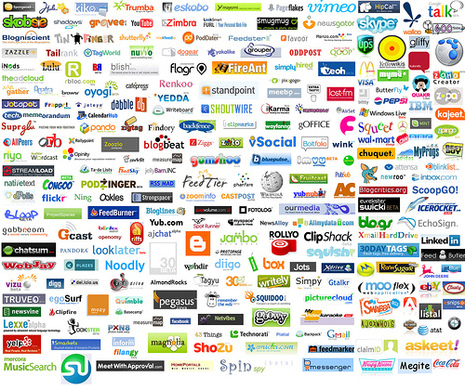
Online Advertising Problems
As YouTube and Hulu have come to dominate the online entertainment space, the advertising world is also increasingly turning on to the internet to reach the consumer. After all, advertising is meant to be where the consumer is. But there are two aspects here – it is one thing to get consumers venture online, which technology has helped achieve anyway. The idea is to cash in on consumer behavior online and promote your products and services by pitching them right. The other, more important, idea is to keep consumer attention locked into your advertising message.
- Short Attention Span: The problem with this challenge is not just the short and scattered attention span – it is reported that the average attention span has fallen from 12 seconds in 2000 to 8 seconds in 2012. Though we may not go by the exact numbers, the trend is only obvious – falling attention span is of major concern to internet advertisers.
- Information Overload: To compound the problem of shorter attention span is the kind of information overload that people face in an era of social networking. From emails to Twitter and Facebook, to mobile internet and instant messaging, your typical audience is bombarded with information, with ample chances of your supposedly effective advertising message getting lost in the process.
- Technology and Advertising: So, does it help to force your audience to watch an advertisement before they watch a program? YouTube, for instance, makes you watch the preview of an advertisement for a few seconds before you could make a decision to continue watching the commercial or switching over to the intended program. The problem, even with this help from technology, is that people could simply mute the advertisement, browse another window for the duration of the internet commercial, or simply walk away or turn the other way, turning the pages of a book or chatting to someone else.
How to capture customer attention?
The key to successful creation of online advertisements and viral videos is not to leave things to chance. It may be tempting to think that viral videos and the best internet advertisements just happen. However, there are simple rules to follow if you are to create an impression that lasts with your video.
- Surprise your audience: Considering the short attention span and the problem of information overload, you have only as little as 4 – 5 seconds before your audience decides whether your advertisement is worth it. How could you possibly get consumer attention in 5 seconds? The only element at your disposal is surprise! Unless you create an awe-inspiring experience or bombard the senses with a knee-jerk reaction to begin with, your otherwise brilliant advertisement may fall flat. And considering you may not want to shock your audience to protect your brand image, go in for a pleasant surprise. Anything that catches the imagination of the consumer would be a good bet. An attractive deal that seems too good to be true, a hint at sexuality or sensual experience, or something outright funny may be your best bet to keep your customer for the rest of your advertisement. Do not promise paradise – just surprise your consumer.
- Happiness is the key: If you have been toying with ideas for commercials, go with happiness. The world is a drag for many people caught in the rut, and they log on to the internet looking for entertainment. The best intentions may be lost if your message goes overboard or is preachy in its approach. It may be a good idea to give your consumers doses of happiness intermittently rather than flooding them with joy – this helps in varying emotions and in dishing out a tantalizing experience, which is all the more engaging.
- Do not leave your surprises to the last moment: It may be a good idea to surprise your customer at the end of your advertising message to leave a lasting impression. However, if the old adage is to be followed in an internet era, you may end up with no takers for your intelligent advertisement. After all, whom would you surprise if your audience had already switched 5 seconds into the advertisement?





